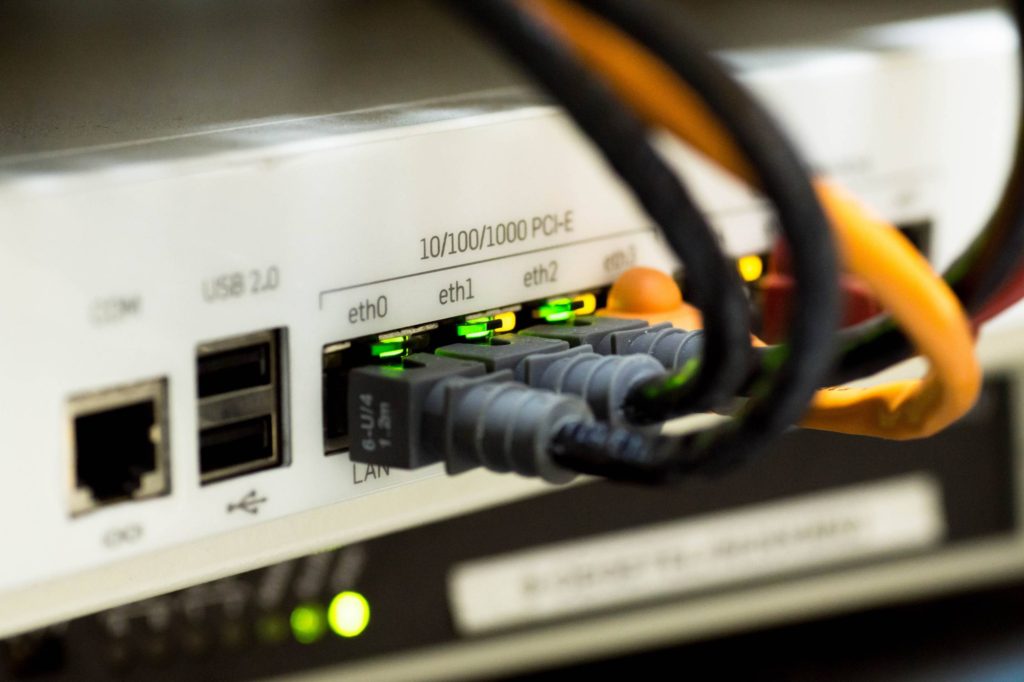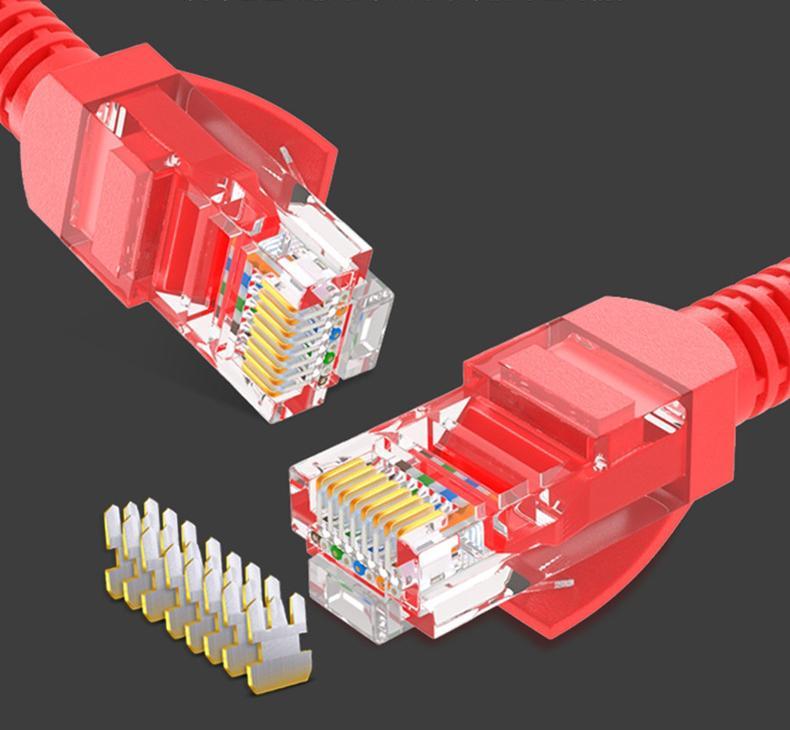
What is the difference between 1000Mb/s network cable and 100Mb/s network cable?
Gigabit network cable refers to the network cable suitable for a gigabit network, and 100M network cable is the network cable suitable for a 100M network. According to the specific wire material, the general gigabit network cable refers to the six types of network cables and the super five types of network cables. , 100M network cable refers to five types of network cable.
CAT5E network cables are generally used in 100M network cables to realize the connection between the desktop switch and the computer. If the super five network cable is used as a gigabit network cable, the accessories required are expensive and the cost is relatively high. When used in a gigabit network, directly select Category 6 cable instead of Category 5 cable, which can be compatible with a 100M network.
If the 100M network plans to upgrade the gigabit network, it is recommended to use Category 6 network cables for wiring, and there is no need to rearrange the network cables when upgrading the network.
In the 100M network, in the process of transmitting network signals, the network cable only uses orange-white–1, orange-2, green-white–3, green–6, these 4 cores, which means that even if other The 4 cores are not needed, and the network signal can also be transmitted under the 100M network.
Although theoretically, 100M networks should also use 8-core network cables to maintain long-distance stable transmission, at present, most routers still only have four contact pieces to identify the network cables, and they have not caused any trouble during the transmission process. big problem.
In a gigabit network, the network cable must use 8 cores when transmitting network signals. The four cores of the network cable cannot transmit and receive at the same time as the gigabit network transmission, that is, the four cores can only realize the gigabit network. Receive data or send data, not both at the same time. When transmitting a gigabit network, a gigabit router should also be used (8 sockets have contacts).
The difference between CAT5E and CAT6 network cables
Category 5e cable: Category 5e has low attenuation and less crosstalk. Compared with Category 5, it has higher attenuation to crosstalk ratio (ACR) and signal-to-noise ratio (Structural Return Loss), smaller delay error, and high performance. Great improvement.
Category 6 cable: The transmission frequency of this type of cable is 1MHz to 250MHz, and the Category 6 wiring system should have a large margin for the comprehensive attenuation and crosstalk ratio (PS-ACR) at 200MHz, which provides twice the bandwidth of Category 5e. The transmission performance of Category 6 cabling is much higher than that of Category 5e standards and is most suitable for applications with transmission rates higher than 1Gbps.
An important difference between Category 6 and Category 5e is that it improves the performance in terms of crosstalk and return loss. For the new generation of full-duplex high-speed network applications, excellent return loss performance is extremely important. The basic link model is canceled in the six categories of standards, and the wiring standard adopts a star topology. The required wiring distance is: the length of the permanent link cannot exceed 90m, and the length of the channel cannot exceed 100m.
The biggest difference between Category 5e and Category 6 cables is their internal structure and performance.
The internal structure of the Category 5e network cable is only 4 pairs of twisted-pair copper wires.
The Category 6 network cables have a cross frame added to the inner structure, mainly to reduce the crosstalk between the pairs and meet the standard of six types of network cables. Is the word skeleton or no skeleton.

Is the RJ45 connector of the 100M Ethernet cable the same as that of the Gigabit Ethernet cable?
If you use a Gigabit Ethernet cable, be sure to use a Gigabit RJ45 connector. Many people will ignore this, thinking that the RJ45 connector is the same. Actually, there is a difference.
The size of the copper core of the Category 5e network cable is about 0.45 to 0.51, while the size of the copper core of the Category 6 network cable is about 0.52-0.58. The copper core of Category 6 cable is thicker than that of Category 5e cable. Because the copper cores of the two are different, the holes inside the RJ45 connector are also different.
The RJ45 connector of the six types of network cables are arranged in staggered layers, that is, they are divided into two rows, four on the top and four on the bottom. The RJ45 connector of Category 5e network cables is arranged in a straight line.
Is the production method of the RJ45 connector of the 100M network cable and the gigabit network cable the same? The answer is yes, the method is exactly the same.

